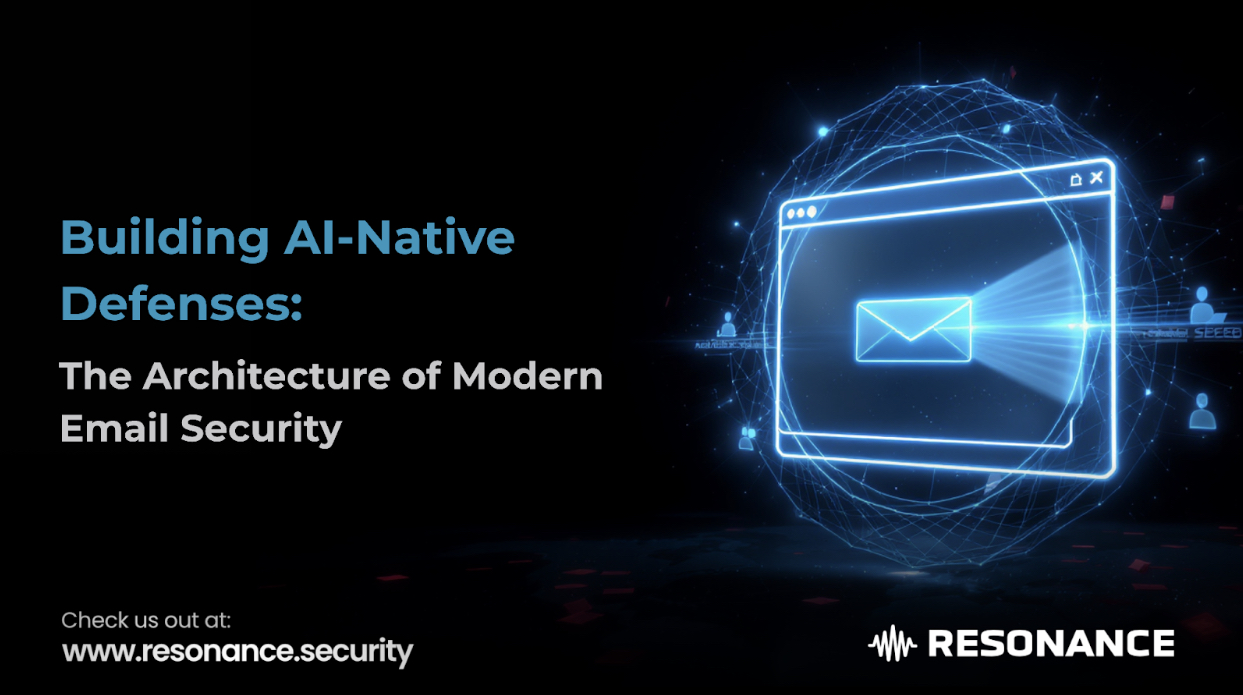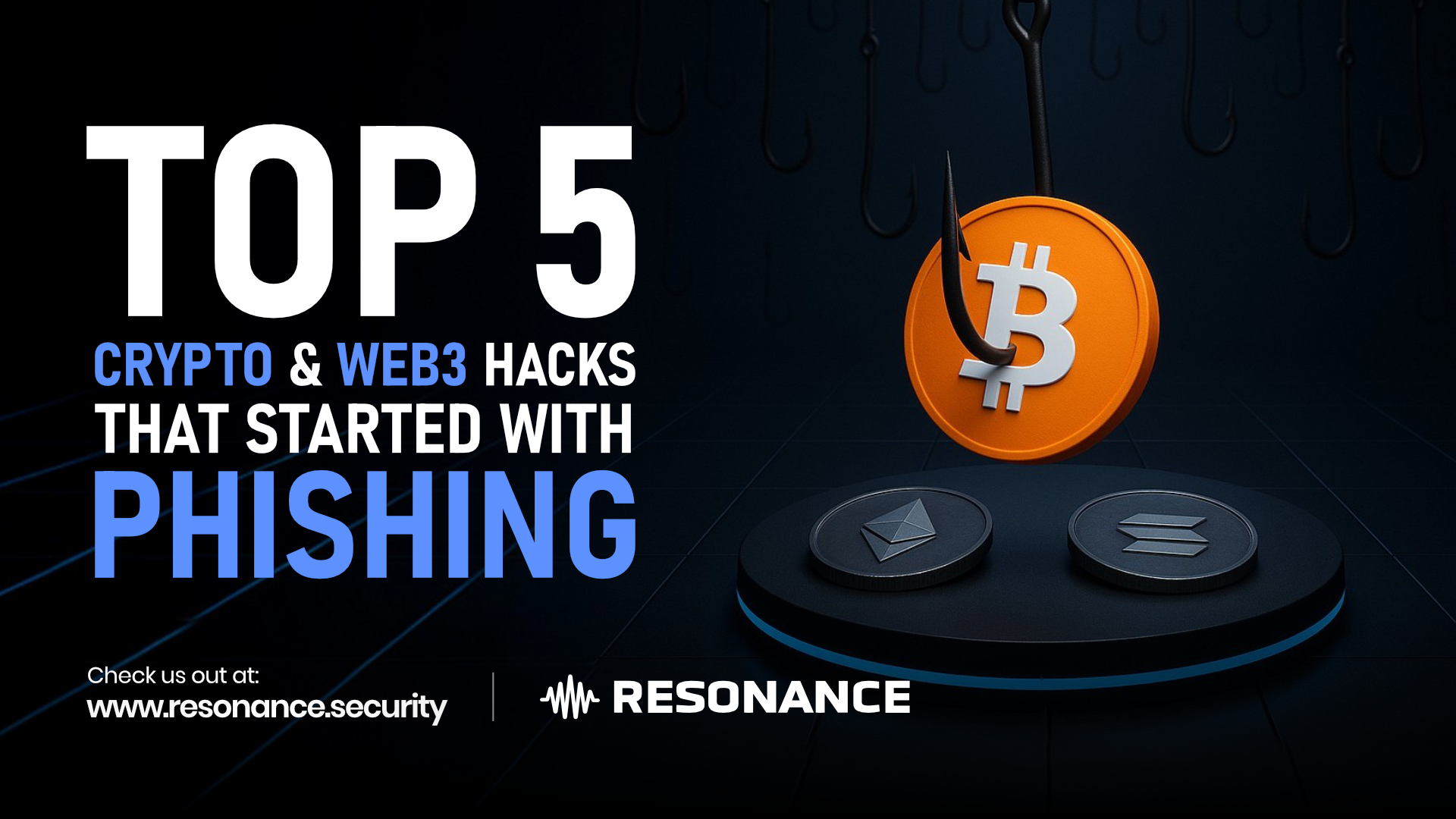TL;DR:
- AI turned phishing into psychological warfare at scale.
- Legacy defenses are crumbling.
- Context, behavior, and real-time intelligence are the new front line.
- Either you adapt with AI… or the phish wins.
The digital battlefield has witnessed a seismic transformation. Phishing, once the crude hammer of cybercrime, has evolved into a precision scalpel, sharpened by artificial intelligence.
"Hackers are getting smarter."
No, they're getting faster. Because now, they've got AI doing the heavy lifting.
Throughout 2025, enterprises face an adversary that doesn't sleep, doesn't make typos, and crafts deception with surgical accuracy.
Late 2024 marked the inflection point. Threat intelligence firms documented a staggering 1,265% explosion in phishing volume correlated with generative AI adoption. Security architects confronting this reality understand that incremental improvements to legacy systems offer no salvation. The adversary has leapfrogged traditional defenses entirely.
The AI Arsenal: How Machines Weaponize Human Psychology
Phishing has always exploited cognitive vulnerabilities: urgency, authority, and fear. But generative AI hasn't merely amplified these tactics. It has industrialized personalization at scales previously unimaginable.
Modern threat actors leverage OpenAI's GPT architecture, Google's Bard, and underground services like WormGPT to automate every phase of attack orchestration:
Intelligence Gathering at Machine Scale: AI-powered scrapers vacuum social media profiles, LinkedIn histories, corporate announcements, and public records to construct granular dossiers on each target. Machine learning algorithms parse this raw data to map relationships, identify communication patterns, and extract exploitable details; the name of a supervisor, an upcoming deadline, even linguistic quirks.
Precision-Targeted Messaging: Generic templates have vanished. Today's AI-crafted emails reference specific projects, recent conversations, or pending transactions that only insiders should know. Research demonstrates that messages incorporating these contextual anchors achieve dramatically higher success rates than spray-and-pray campaigns of the past.
Linguistic Perfection: Language models eliminate the grammatical errors and awkward phrasing that once signaled fraud. These systems generate prose indistinguishable from legitimate corporate communication, matching tone, formality, and even the idiosyncratic writing style of specific executives. Security analysts observe that AI tools now create compelling text and images that improve the quality of phishing emails while enabling attackers to scale their attacks exponentially, thereby increasing impact.
Synthetic Reality, aka Deepfake Integration: The threat extends beyond text. Voice synthesis and video manipulation technologies enable real-time impersonation of executives (ElevenLabs is a good example). A CFO at a multinational corporation authorized a substantial multimillion-dollar transfer after a video call with what appeared to be a senior executive, a completely AI-generated fabrication. The fusion of deepfake technology (Hedra.ai brings people to life just via pictures) with social engineering creates scenarios where human judgment becomes nearly impossible.
The Five-Minute Attack: Speed as Weapon
Security researchers conducted a revealing experiment: they tasked AI with creating a complete phishing campaign, then compared the result to human-crafted attacks. The AI required five prompts and five minutes to produce an operation as effective as one that consumed 16 hours of expert labor.
This asymmetry represents an existential challenge. Attackers now iterate and adapt faster than defenders can deploy countermeasures.
The convergence of these capabilities represents more than incremental improvement. AI is fueling a "golden age of scammers," where each attack can be microscopically tailored while simultaneously deployed at an industrial scale.
This is why continuous, realistic phishing simulations matter; tools like Equalizer enable organizations to test whether their teams would fall for these AI-crafted attacks before real attackers strike.
Deconstructing the Kill Chain: Anatomy of a Modern Attack
Understanding the operational sequence reveals why AI-phishing penetrates defenses that repel conventional threats:
Phase 1 - Target Profiling: Automated reconnaissance tools aggregate intelligence from LinkedIn, corporate websites, social media, and cached data. The system constructs comprehensive profiles: organizational hierarchy, current projects, communication patterns, and personal interests. This intelligence gathering occurs continuously, updating in real-time.
Phase 2 - Message Engineering: The attacker issues natural language instructions to a generative model: "Draft an urgent request from the VP of Finance to [Target] regarding the Q4 vendor payment processing deadline." The AI produces polished prose incorporating the target's name, relevant project context, and appropriate organizational terminology. Crucially, the message might include sneaky phrases like "following up on yesterday's discussion" that create false familiarity.
Phase 3 - Refinement and Localization: The draft undergoes algorithmic optimization, removing obvious red flags, adjusting tone, and eliminating generic urgency markers. Translation into any language occurs instantly with native fluency. The result appears indistinguishable from legitimate internal communication.
Phase 4 - Infrastructure Generation: When attacks require credential harvesting or malware delivery, AI assists in creating infrastructure. Generative models can reproduce login portals with pixel-perfect branding in seconds. Security researchers demonstrated this capability by generating a fully functional fake password-reset portal in under 30 seconds using a single Claude prompt.
Phase 5 - Polymorphic Deployment: The campaign scales with variation. Slight modifications to subject lines, greetings, sender addresses, and body content create thousands of unique messages. This "polymorphic phishing" defeats pattern-matching systems because no two emails share identical signatures.
This isn't volume for volume's sake. It's adaptive pressure: every detail optimized, every message unique, every campaign learning from responses.
Real-time email protection like PhishGuard's browser-based scanning becomes critical when attacks adapt faster than human reaction time.
Why Legacy Defenses Have Become Irrelevant
Traditional email security architectures, Secure Email Gateways, signature-based filters, and rule engines were engineered for a different era. They excel at blocking known threats traveling predictable paths.
AI-generated phishing renders these approaches obsolete:
Signature Blindness: Many sophisticated phishing messages contain no malicious payload whatsoever. They weaponize social engineering alone: a polite request, a plausible scenario, a manufactured urgency. Without malware to detect or known-bad domains to block, signature-based systems see nothing suspicious.
Keyword Irrelevance: AI-generated prose avoids the crude urgency markers ("ACT NOW," "VERIFY IMMEDIATELY") that trigger keyword filters. Conventional filters tuned for blatant language miss these sophisticated formulations entirely.
Polymorphic Evasion: When every message differs slightly from every other, pattern-matching collapses. Filters configured to block identical content or similar structures fail against campaigns where each email is algorithmically unique. Even URL scanners struggle as fresh domains are generated faster than blacklists update.
Context Vacuum: Legacy systems analyze messages in isolation. They don't understand that executives rarely email junior staff about wire transfers, or that a vendor invoice from an unknown domain warrants scrutiny. This contextual blindness, aka the inability to assess whether communication patterns match organizational norms, leaves a critical gap that AI-phishing exploits ruthlessly.
Temporal Mismatch: Traditional defenses require manual updates: identify new threat, create signature, deploy update. This cycle takes hours or days. Generative AI enables attackers to pivot tactics in minutes. By the time defenders recognize a new technique, adversaries have already moved to the next variant.
Static defenses crumble against intelligent, adaptive attacks.
Consider a representative scenario: An intern receives a grammatically perfect email appearing to originate from a senior executive, requesting sensitive information. No malware. No suspicious URLs. A conventional spam filter sees clean infrastructure and allows delivery.
An AI-driven system, however, cross-references the executive's calendar (noting an out-of-office status), analyzes linguistic patterns (detecting stylistic inconsistencies), and evaluates the request against normal communication flows (flagging the anomaly of an executive-to-intern direct ask). The AI blocks the message. The legacy filter fails.
This is exactly the type of behavioral anomaly that advanced simulation platforms like Equalizer test for measuring whether your team recognizes context violations that automated filters miss.
Organizations clinging to conventional email gateways and static rulesets approach threats with yesterday's weapons.
AI-phishing demands AI-based defense, systems that understand intent and behavior, not merely surface-level indicators.
The Data Behind the Danger: Statistics That Demand Action
The proliferation of AI-weaponized phishing isn't speculation. It's empirically documented:
Explosive Volume Growth: Security research documents over 1200% year-over-year surge in phishing attacks exhibiting generative AI characteristics, correlating directly with the public availability of large language models.
Maintained Effectiveness: Despite technological sophistication, AI-generated phishing achieves success rates comparable to human-crafted campaigns. Research indicates approximately 60% of recipients fall victim to AI-generated phishing, mimicking human-quality attacks at 95% lower cost.
Financial Devastation: Industry reports establish that phishing-related incidents now average nearly $5 million per breach. Business Email Compromise affects a majority of companies annually, with individual incidents averaging substantial six-figure losses. Ransomware (which initiates via phishing in over half of cases) compounds these costs exponentially.
Expert Consensus on Escalation: Industry surveys reveal that over 85% of cybersecurity professionals anticipate their organizations have experienced AI-driven security incidents. Additionally, they also expect daily AI-powered attacks within the coming year as the barriers to entry are getting lower by the day.
Federal Alert: Federal cybersecurity advisories specifically address this threat evolution, noting that AI "greatly increases the speed, scale, and automation of phishing schemes," touting a 300% year-over-year increase in AI-based attacks. Authorities explicitly recommend multi-layered technical controls combined with comprehensive training programs.
The aggregate data reveals an inflection point: attack volume has multiplied by orders of magnitude while effectiveness remains devastatingly high. This combination, industrial scale meeting maintained potency, establishes AI-generated phishing as the paramount email security threat facing enterprises in 2025.
Organizations that combine continuous training simulations (through Equalizer) with real-time browser-based protection (with PhishGuard) create layered defenses where both technology and human vigilance work in concert against evolving threats.
To get Equalizer and PhishGuard for you or your organization, contact us.
In Part 2, we'll explore how purpose-built AI-native defense platforms counter these threats, the evolution of training methodologies, and the path forward for organizations navigating this new reality.
















.png)